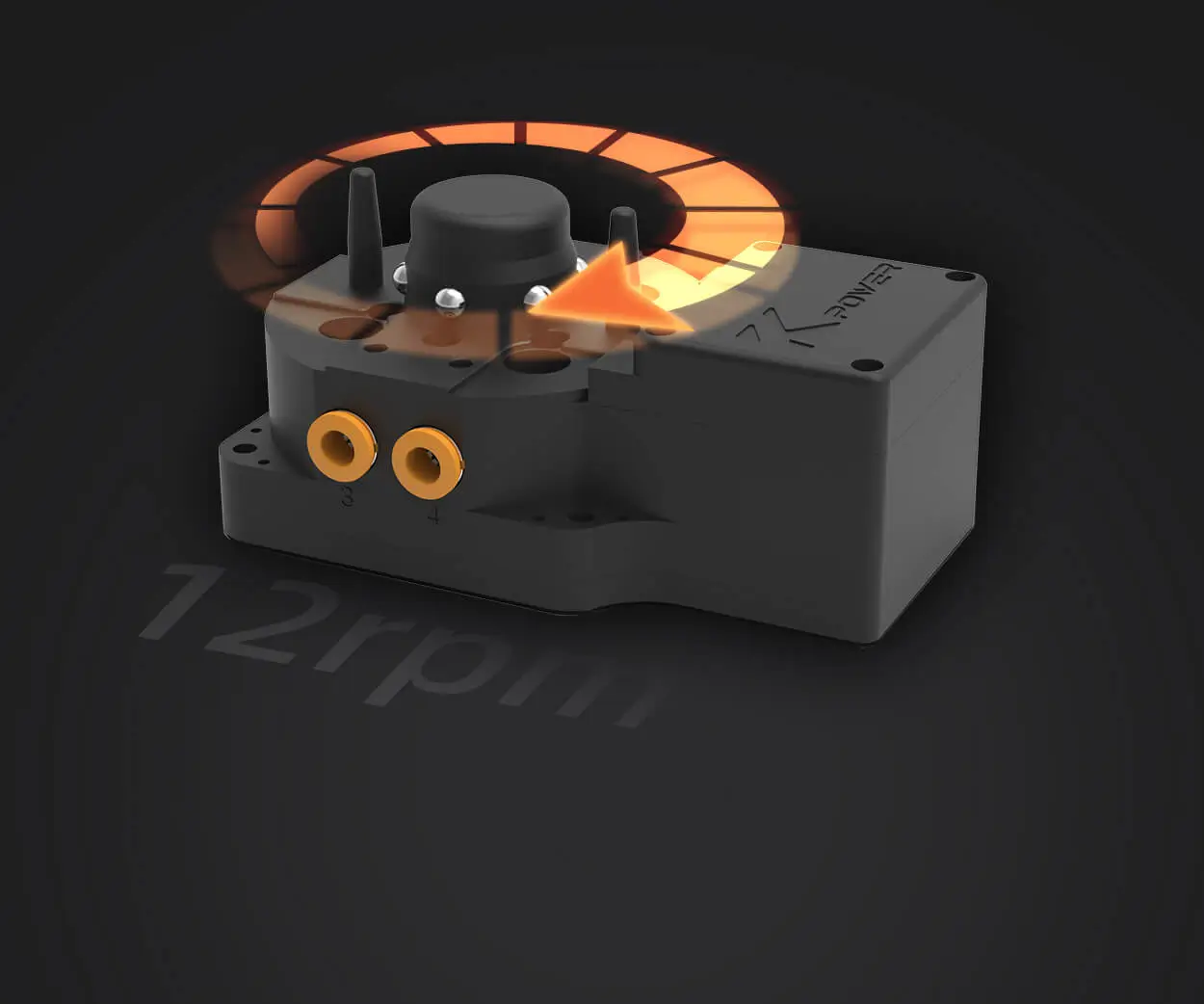In the world of modern machinery and automation, electric motors stand as the backbone that powers countless applications—from industrial conveyor belts and robotic arms to electric vehicles and home appliances. While electric motors are incredibly versatile and efficient at converting electrical energy into mechanical power, their raw output often requires refinement and control to meet specific operational needs. This is where the unassuming yet indispensable component— the gearbox reducer—comes into play.

Imagine a world where an electric motor spins at thousands of revolutions per minute (RPM), but the machinery it drives demands slow, controlled, and powerful movement. Without a gearbox reducer, this disconnect between motor speed and machine requirements could lead to inefficiency, increased wear and tear, or even mechanical failure. Gearbox reducers act as the vital link that bridges the gap between high-speed electric motors and the diverse demands of mechanical systems.
Understanding the Basics
At its core, a gearbox reducer—also known as a gear reducer or gear box—is a mechanical device designed to reduce the speed of the motor’s output shaft while proportionally increasing the torque. Think of it as a sophisticated conduit that modifies the raw energy of an electric motor into a form that best suits the task.
This process involves a series of gear trains—combinations of gears and gear ratios—that step down the high rotational speed into a lower, more manageable speed. Simultaneously, the reducer increases the torque, which is the rotational force necessary to move heavy loads or turn machinery demanding substantial power.
Why Use a Gearbox Reducer?
The integration of a gearbox reducer into motor-driven systems offers multiple advantages:
Speed Regulation: Electric motors often operate at high RPMs that are unsuitable for direct application. A gearbox reduces the speed to an optimal level, ensuring precision and safety. Torque Enhancement: Many operations require high torque but low rotation speeds. Gearboxes amplify torque, making the machinery more capable and responsive. Efficiency Improvement: By optimizing speed and torque, gearbox reducers contribute to energy efficiency, reducing operational costs and wear. Extended Equipment Lifespan: Proper speed and load management lessen strain on the motor and other components, leading to fewer breakdowns and longer service life. Compact Design: Gearbox reducers enable the design of smaller, more efficient machines by delivering more power in a smaller package.
Types of Gearbox Reducers
Different applications and operational conditions call for various types of gearbox reducers. The most common varieties include:
Helical Gearboxes: Known for their quiet operation and high efficiency, they are suitable for moderate to high loads and are common in industrial applications. Their angled gears provide smooth and quiet transmission.
Worm Gearboxes: Characterized by their ability to provide high reduction ratios and self-locking features. They are ideal for applications where backward motion needs to be prevented or controlled, such as in lifts or conveyor systems.
Bevel Gearboxes: Designed to transmit power between intersecting shafts, often at right angles. They are suitable for specialized machinery requiring compact, right-angled gear arrangements.
Planetary Gearboxes: Known for their high torque density and compactness, these gearboxes use planetary gear trains for excellent load distribution and efficiency. They are common in robotics and precision applications.
Parallel Shaft Gearboxes: Featured for simplicity and straightforward design, these gearboxes handle moderate loads and are widely used in various industrial setups.
Material and Construction
Gearbox reducers are typically constructed from durable materials like high-grade steel, aluminum alloys, or cast iron, depending on application requirements. The careful selection of materials ensures durability, resistance to wear, and optimal heat dissipation. Modern manufacturing techniques further enhance gear precision, reduce backlash (gear play), and improve efficiency.
Applications Across Industries
The application scope of gearbox reducers is broad:
Industrial Automation: Precise control of robotic arms, conveyor systems, and CNC machinery relies heavily on gearbox reducers for smooth, reliable operation.
Automotive Industry: Electric vehicles utilize gearbox reducers to manage motor speed and torque, especially in electric drivetrains.
Renewable Energy: Wind turbines and solar tracking systems use geared systems to optimize energy harvesting.
Agricultural Machinery: Equipment such as tillers, seeders, and harvesters are powered through electric motors coupled with reducers to handle tough tasks efficiently.
Home Appliances: From washing machines to commercial food processing equipment, gear reducers help facilitate dependable performance.
Leveraging innovations in modular drive technology, Kpower integrates high-performance motors, precision reducers, and multi-protocol control systems to provide efficient and customized smart drive system solutions.




































